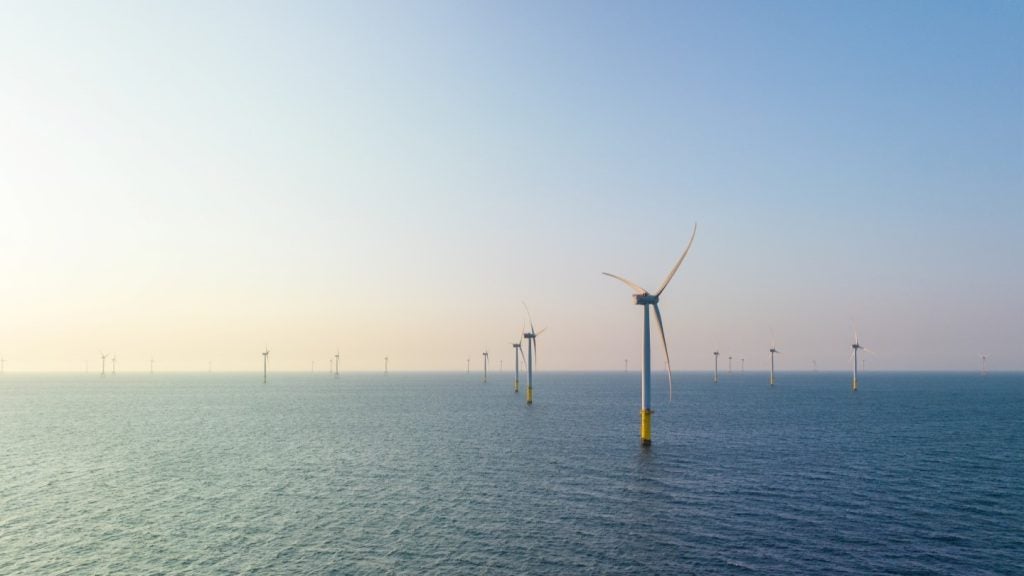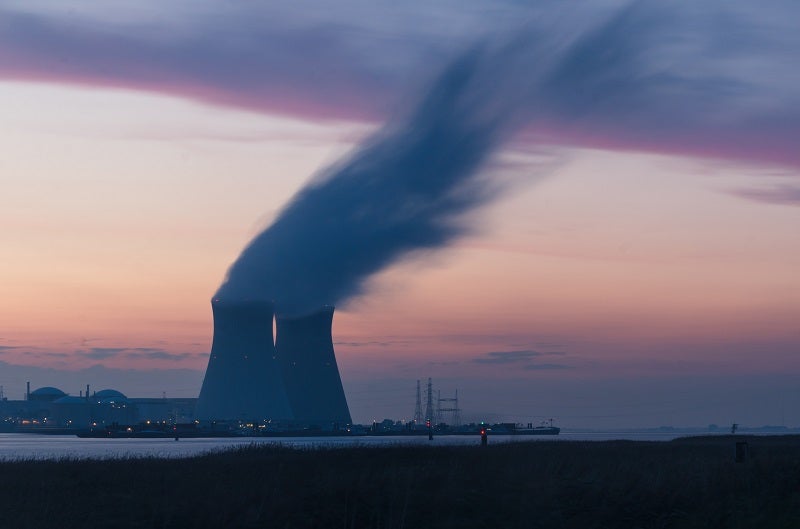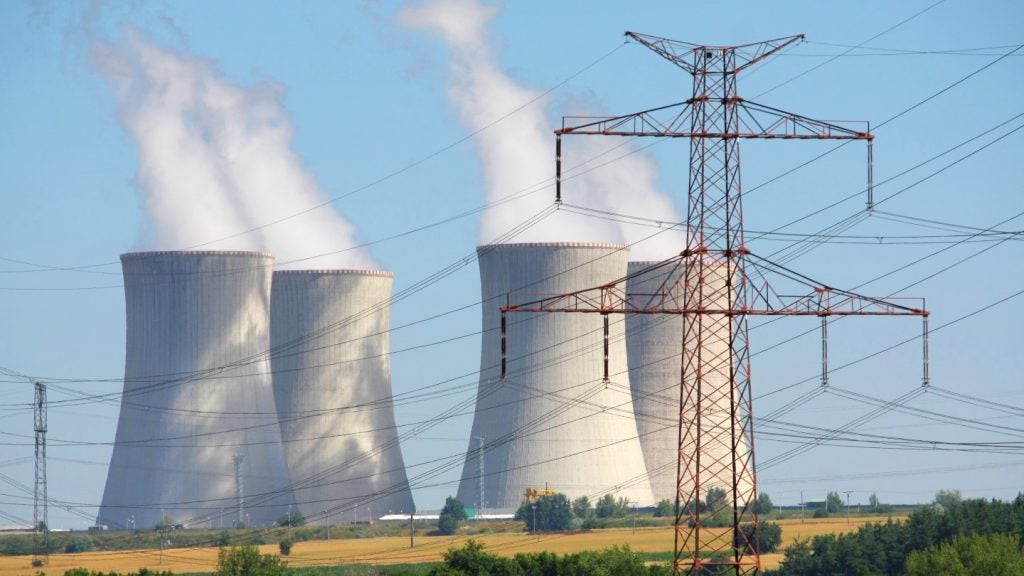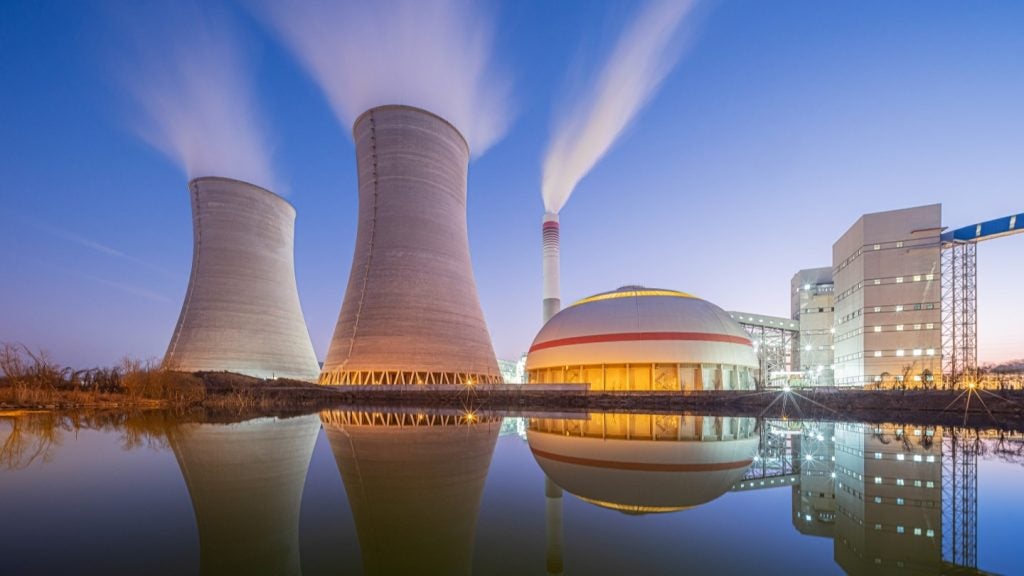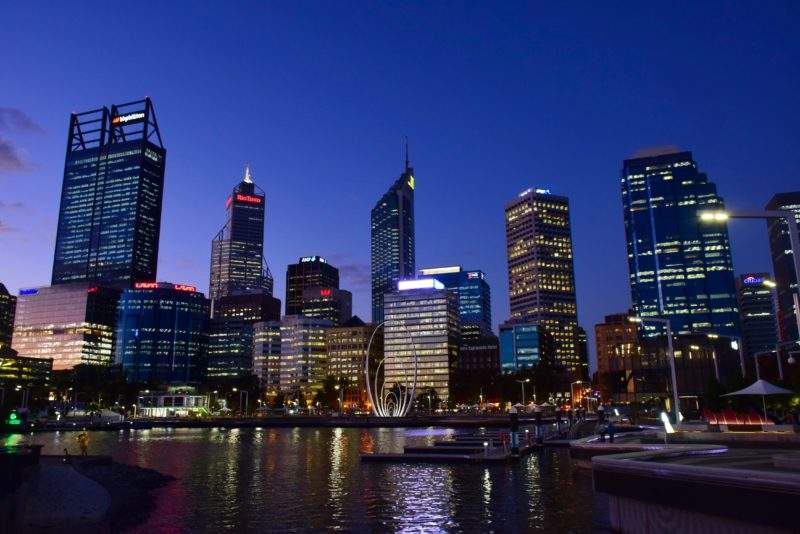
Situated 40 miles south-west of Sydney, the 20MW OPAL research reactor is the centrepiece of the Australian Nuclear Science and Technology Organisation’s (ANSTO) imposing research facilities.
It is one of the world’s preeminent research reactors thanks to its capacity to produce commercial quantities of radioisotopes, its open pool design and its use of lower enriched uranium (LEU) fuel.
OPAL is noteworthy for another reason. It is the only functioning nuclear reactor in all of Australia.
Nuclear power was banned there in 1998 under two Acts of Parliament − the Australian Radiation and Nuclear Safety Act of 1998 and the Environment Protection and Biodiversity Conservation Act of 1999 (the EPBC Act) – during a period when energy was affordable and demand for nuclear was low.
The Minerals Council of Australia (MCA) argues that times have changed and that Australia’s policy on nuclear energy must change along with it if the country is to stop losing significant global investment, scientific collaboration and competitive advantage to the likes of China and India.
“Australia is one of the few countries to have an outright legislative ban on nuclear power,” states Daniel Zavattiero, executive director − uranium, at MCA. “This ban is nearly two decades old and was brought in with virtually no debate, in legislation centralising radiation regulation, and then included the following year with greater effect in environmental legislation.
How well do you really know your competitors?
Access the most comprehensive Company Profiles on the market, powered by GlobalData. Save hours of research. Gain competitive edge.

Thank you!
Your download email will arrive shortly
Not ready to buy yet? Download a free sample
We are confident about the unique quality of our Company Profiles. However, we want you to make the most beneficial decision for your business, so we offer a free sample that you can download by submitting the below form
By GlobalData“This prohibition is anachronistic and is now a major inhibitor in Australia playing a greater role in a fast-developing new nuclear sector. Australia needs to remove the nuclear ban so that new nuclear opportunities can be appropriately considered along with all other potential energy sources.”
Negative energy: the 20-year ban on nuclear power in Australia
MCA points to nuclear’s track record of underpinning low-emission electricity systems in urban, industrialised economies in France, Sweden, Switzerland and the Canadian province of Ontario.
Zavattiero claims that overturning the nuclear prohibition in Australia would attract private venture capital to fund new nuclear projects, and help build a more reliable, affordable and sustainable grid.
“When the nuclear ban was brought in, few thought Australia and its government would need to look at a major government-backed nuclear power development programme − and that may still be the case,” he says. “But today, unlike in the late 1990s, there is a vibrant nuclear innovation sector, looking at new designs, many of which are smaller and modular and better suited for modern grids.”
Australia has historically delivered abundant coal and natural gas resources to industry, businesses and consumers at among the lowest prices in the world. However, over the past decade, resource taxation, spiralling labour costs and low commodity prices have conspired to erode energy security.
Australia has dropped from 10th to 21st on the Global Competitiveness Index. The nation currently ranks 80th for burden of government regulation and 44th in terms of the quality of electricity supply.
“The main challenge is to deliver reliable, affordable electricity across such a vast geographic area,” explains Zavattiero. “For decades it has been very successful at that, mainly off the back of shrewd long-term investments and a rich endowment of natural resources. In recent times, the challenge has been to maintain that reliable, competitive energy supply while reducing carbon intensity.
“However, Australia’s competitive advantage has been eroded with rising costs and concern about future costs and reliability. Nuclear power offers another potential solution, along with renewable energy, high efficiency low emissions (HELE) coal, gas and hydro for Australia’s diverse energy needs.
“The resources sector accounts for about 11% of Australia’s electricity consumption – some from the grid, some off-grid and in remote regions,” he continues. “New nuclear should be on the table for consideration like any other energy technology − but it currently cannot be while it is banned.”
Law changes: MCA challenges the EPBC Act
Specifically, MCA is calling for a repeal of section 140A(1)(b) of the EPBC Act, which it claims would allow global entrepreneurs to develop and commercialise new, innovative technology in Australia.
“Section 140A(1)(b) prohibits a Minister from approving the construction of a nuclear power plant – this is the legislative ban on nuclear power,” Zavattiero explains. “Removal of this section would allow a proponent to present a project for approval to the government. While the ban is in place, no-one in Australia can pursue a nuclear power plant proposal to construction, no matter how small.
MCA also wants a working group to deal with approval of nuclear projects and for uranium mining, milling, decommissioning and rehabilitation to be removed from the definition of “nuclear action”.
The latter, it claims, would exempt uranium projects from duplicative and time-consuming federal environmental approval processes.
“We have rigorous, world-class environmental processes for project approvals,” says Zavattiero. “However, reform is needed to remove duplication and streamline the process while maintaining appropriate environmental protections.
“All projects must go through a thorough state-based environmental approval, but in the case of a uranium mining project, the federal Environment Protection and Biodiversity Conservation (EPBC) Act defines a uranium project as a ‘nuclear action’ and therefore requires a federal government environmental approval − this is an unnecessary and discriminatory duplication.
Risks vs rewards: is nuclear power really safe?
How does Zavattiero respond to criticism that struggling Australian miners are only interested in lifting uranium restrictions to enrich themselves rather tackling the nation’s energy challenges?
“We are not seeking to ‘lift restrictions’ on production, but rather streamline the approvals process to bring the process for uranium projects in line with those for any other commodity,” he responds. “Removing the prohibition on nuclear power is eminently sensible for a country with our technical capability, environmental standards and potential application for nuclear power generation.
“Australia is the world’s third-largest uranium producer and produces enough every year to produce Australia’s entire electricity consumption. If Australia sought to develop a nuclear power industry to supply a portion of its energy demand, the additional uranium demand would be incidental.”
For many Australians, nuclear power still poses a very real threat to health and safety. Opposition centres on the risk of reactor failures similar to Fukushima in Japan in 2011, the disposal of nuclear waste, the environmental impact of uranium mining, and the potential for weapons proliferation.
“Statistically, numerous studies confirm the strong safety record of nuclear energy worldwide,” counters Zavattiero. “There have been three well-publicised accidents, two of which involved no fatalities.
“Regarding Fukushima, the United Nations says: ‘No discernible increased incidence of radiation-related health effects are expected among exposed members of the public or their descendants’.
The facts are that, in the main, nuclear power plants have been safely and quietly producing enormous amounts of zero emissions energy around the world for decades.”
For the NCA, Australia’s recent entry into the Generation IV International Forum (GIF), a co-operative international project looking at R&D on next-generation nuclear energy, is proof of the country’s potential as a nuclear innovator − and proof that the ban should be consigned to the history books.
“Australia is just the 14th member admitted, reflecting the country’s strong history as a responsible uranium producer, its nuclear non-proliferation credentials, and of course its development and management of the world’s best research reactor at Lucas Heights,” says Zavattiero.
“The current legislation leaves us in the absurd position of being welcomed to contribute to the development of new nuclear technology we cannot use ourselves.”



